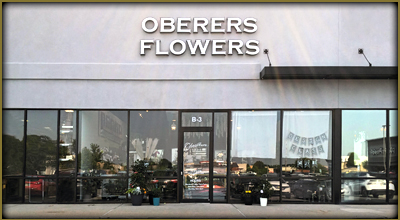Bolivian Dish Garden |
|
|
Your Bolivian Dish Garden combines hardy tropical foliage with elegant natural accents for a lush, lasting display. With simple care, it will thrive indoors and bring enduring greenery to any space. Light
With proper care, your Bolivian Dish Garden will remain a lush, low-maintenance display of tropical beauty for months to come — even after the orchid stem has shared its moment of color. |
|
Peruvian Dish Garden |
|
|
Your Peruvian Dish Garden combines several easy-care tropical plants with a blooming orchid and bromeliad. With just a little attention, it will thrive indoors and bring long-lasting color and greenery. Light
With proper care, your Peruvian Dish Garden will provide lasting greenery and seasonal blooms to enjoy for months to come. |
|
Exotic Planter |
|
|
An exotic display of croton, anthurium, a blooming Guzmania bromeliad, with a graceful phalaenopsis orchid. Arranged with bamboo and river rocks in an earthen bowl with saucer. Light
|
|
Holiday Planter |
|
|
Your Holiday Planter is a living centerpiece designed to bring color and cheer throughout the festive season. Follow these simple steps to keep it looking fresh: Light
|
|
Winter Garden |
|
|
Your Winter Garden is a living celebration of the holidays — combining fragrance, blooms, and festive color. With simple care, it will stay fresh and vibrant throughout the season. Light
|
|













